
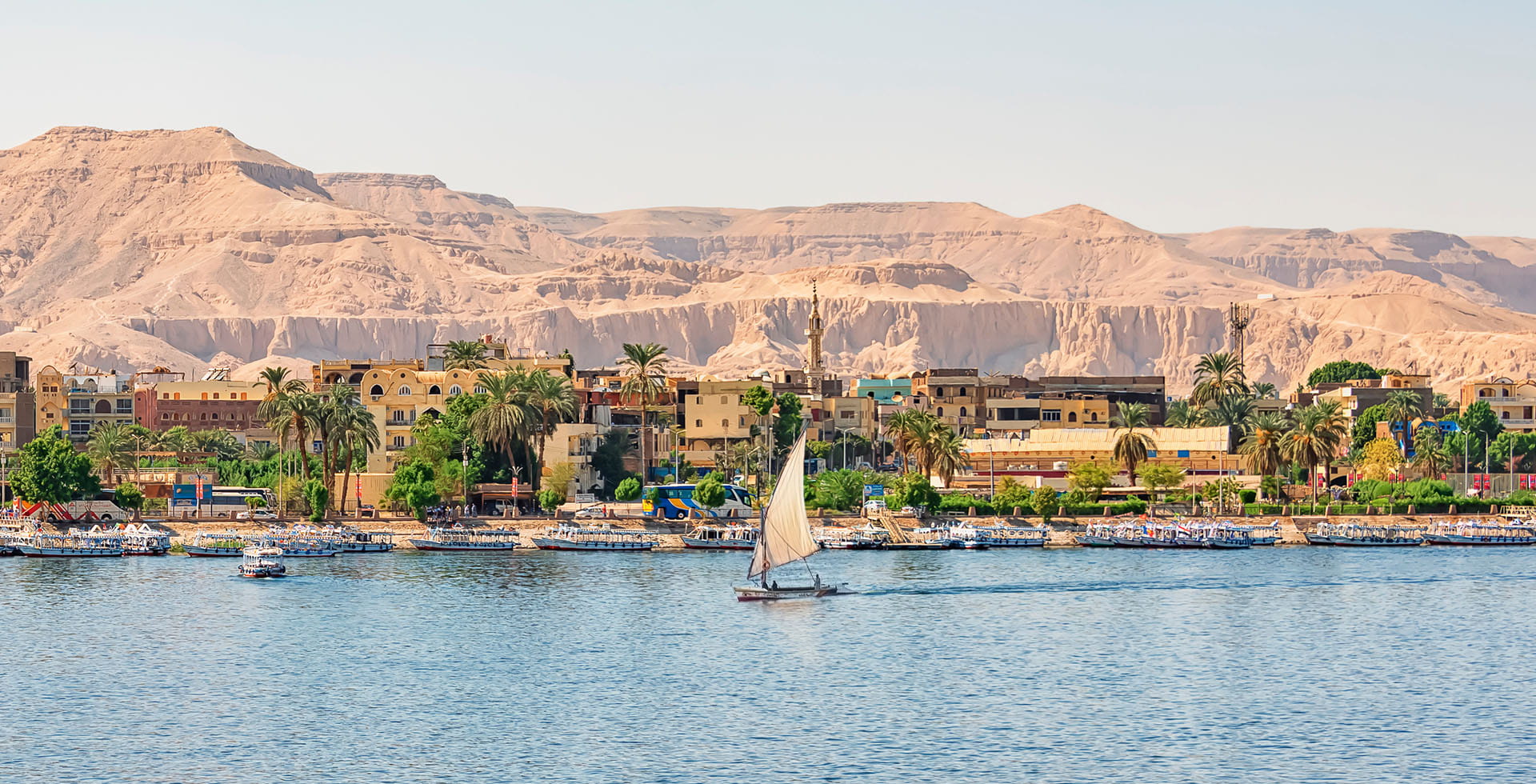
Exploring banks of River Nile. Experience an unforgettable journey along the banks of the majestic River Nile aboard The Oberoi Philae. Delve into 5,000 years of Egyptian history as you explore iconic landmarks and hidden treasures. From the timeless allure of the pyramids to the bustling markets of Cairo, every moment on this voyage of discovery is steeped in wonder and fascination. Join us as we unravel the mysteries of ancient civilizations and create timeless memories against the backdrop of one of the world's most legendary river.
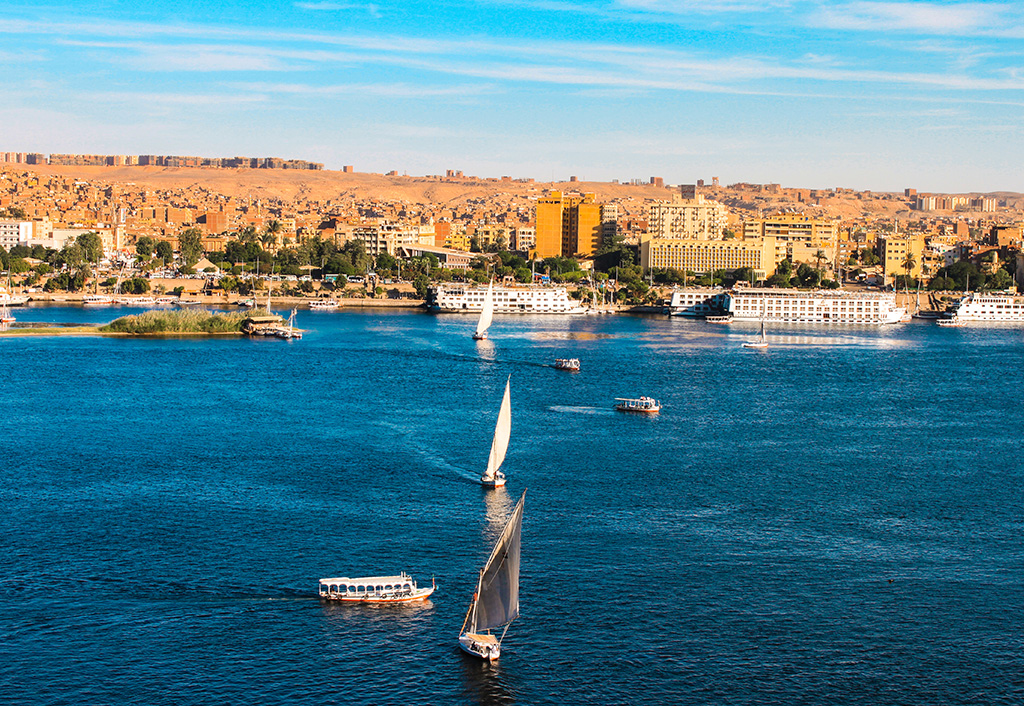
Egypt's southernmost city, Aswan is located 240 kilometres along the River Nile from Luxor. At Aswan, the desert touches the banks of the Nile River and the waters are dotted with islands. Aswan was historically an important trading town and remains a bustling marketplace.
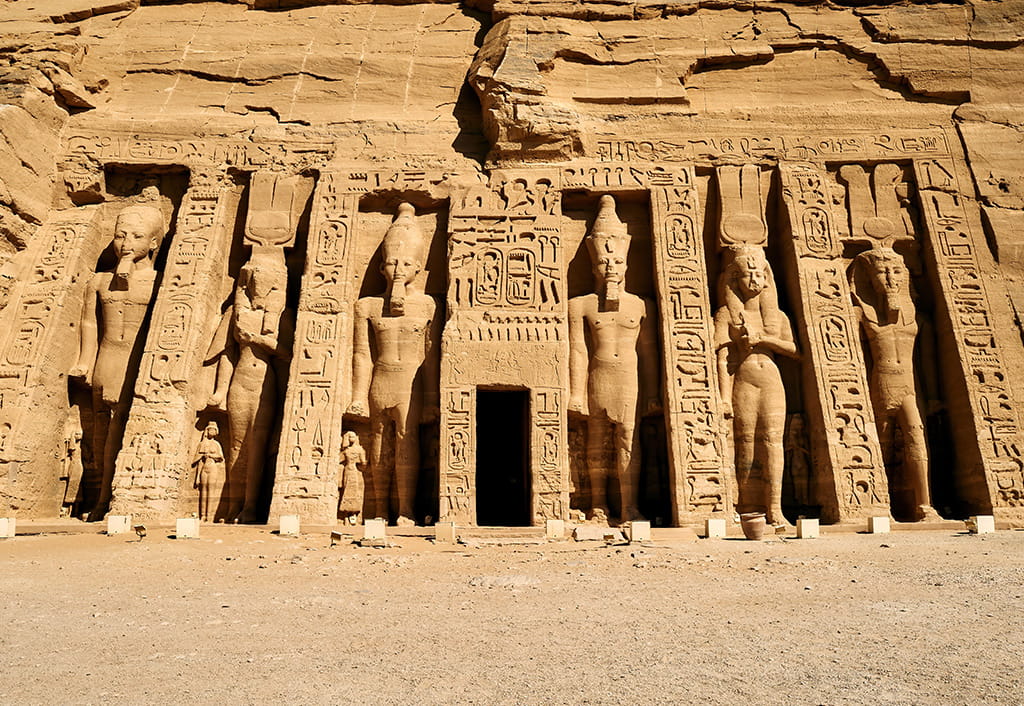
The Temple of Hathor, goddess of Joy, is a Greco-Roman creation built between 125 BC and 60 AD. It emulates the Pharaonic pattern of hypostyle halls and vestibule preceding a darkened sanctuary. In this temple Hathor takes the human form rather than her bovine aspect.
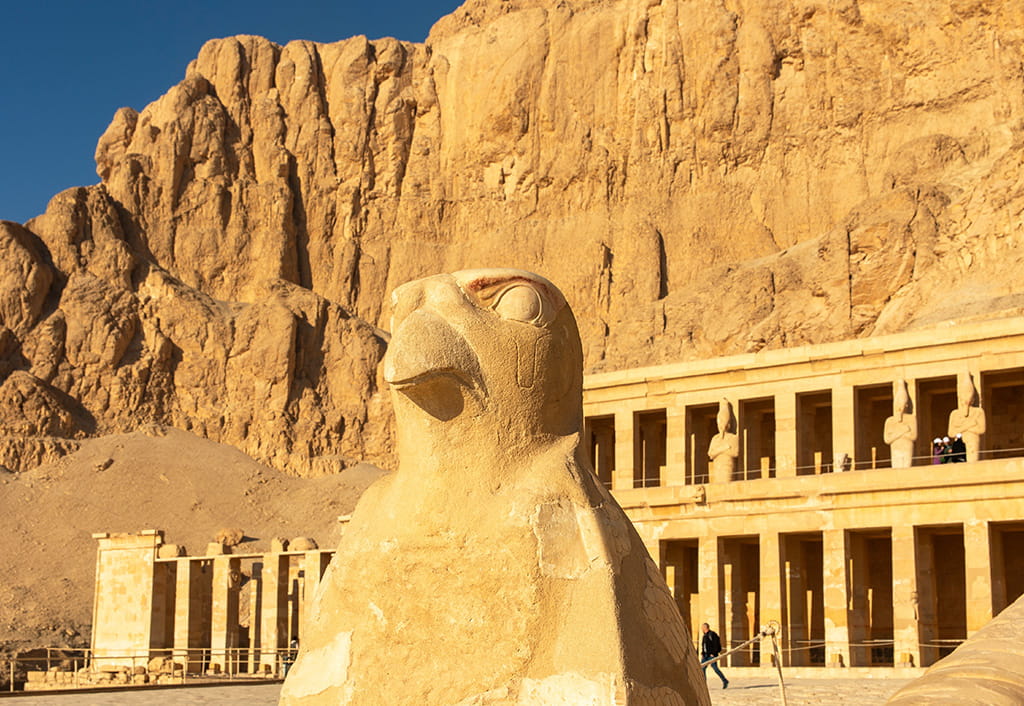
Temple of Horus, the largest and best preserved temple in Egypt. Built by the Ptolemaic Pharaohs, its bas-reliefs give a vivid picture of life in ancient Egypt.
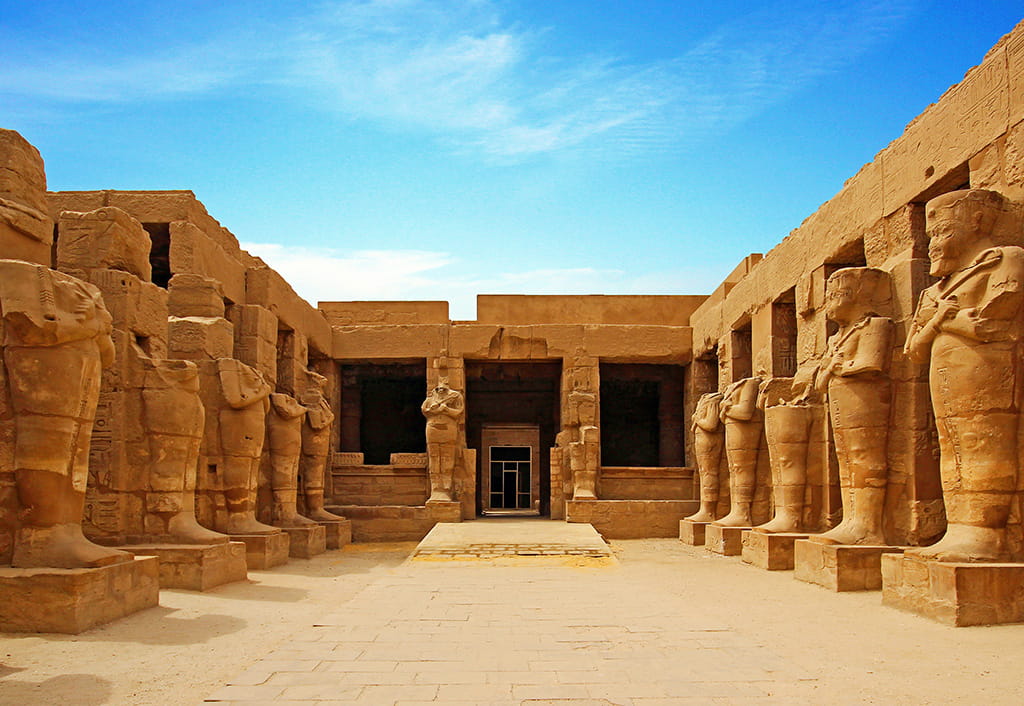
Karnak Temple lay buried under sand for more than 1,000 years before excavation work began in the mid 19th century. The huge task of restoring this five acre temple continues until today.
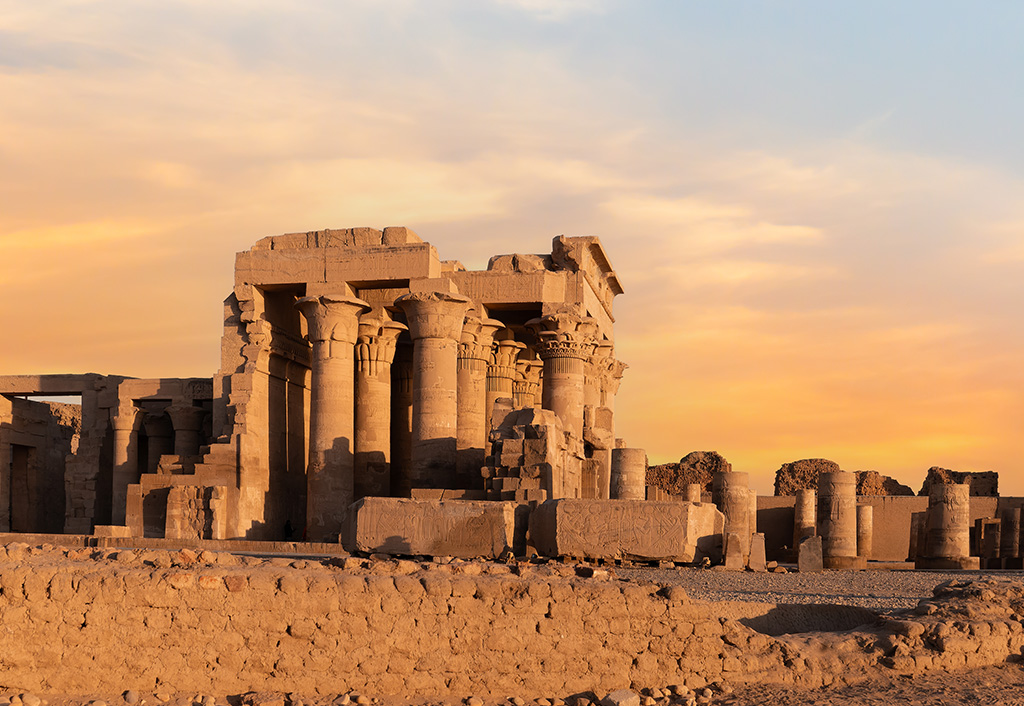
The twin temples- one half is dedicated to the falcon god, Haroeris and the other half to the crocodile god, Sobek.
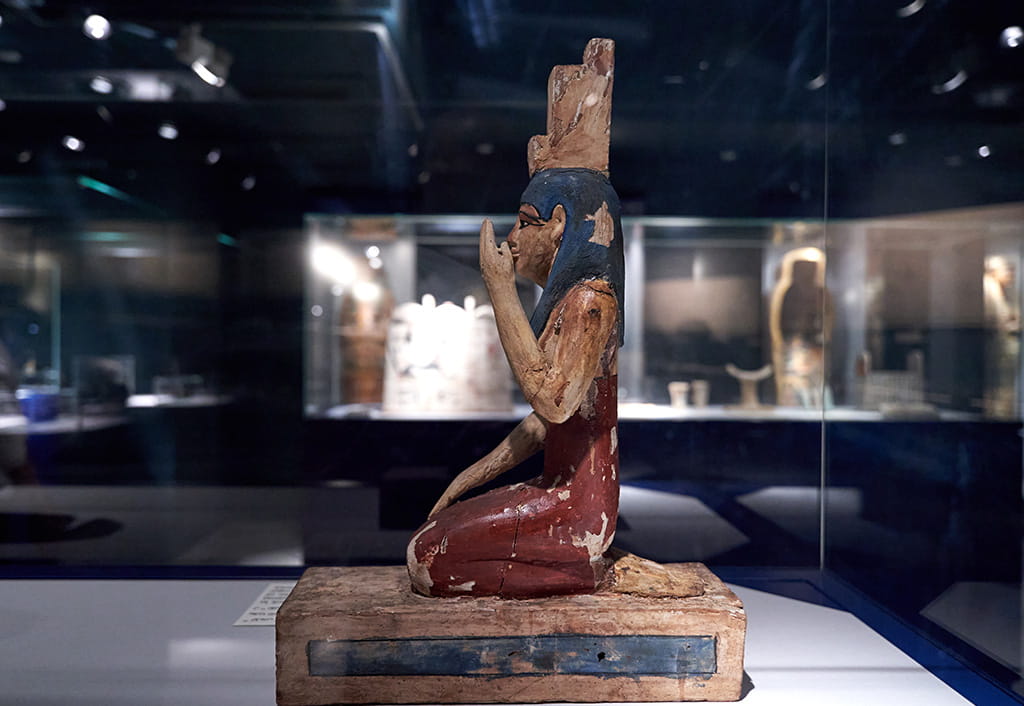
Luxor Museum is an archaeological museum in Luxor (ancient Thebes), Egypt. It stands on the corniche, overlooking the west bank of the River Nile and was inaugurated in 1975. The collection of the museum and high quality of its presentation allows visitors to "travel back in time" thousands of years - mostly into the New Kingdom, the time of prosperity of Thebes as well as the whole Egypt.
Among the items on display are grave goods from the tomb of the 18th dynasty pharaoh Tutankhamun (KV62) and a collection of 26 New Kingdom statues that were found buried in the Luxor statue cache in the nearby Luxor Temple in 1989. One of the featured items in the collection is a calcite double statue of the crocodile god Sobek and the 18th Dynasty pharaoh Amenhotep III.
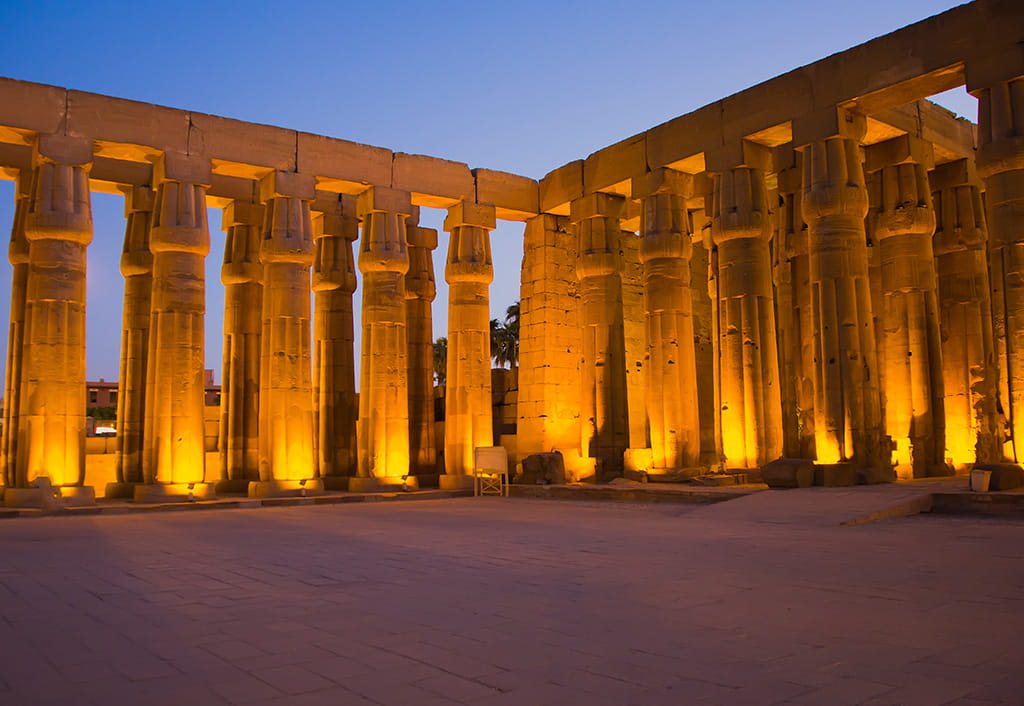
Luxor Temple is a remarkably delicate work of architecture, originally built by Pharaoh Amenophis and added to, over the ages, by various rulers, including Alexander the Great. Unlike the other temples, Luxor temple is not dedicated to a god or a king, but to kingship. It is thought to have been the site where many of the kings of Egypt were crowned.
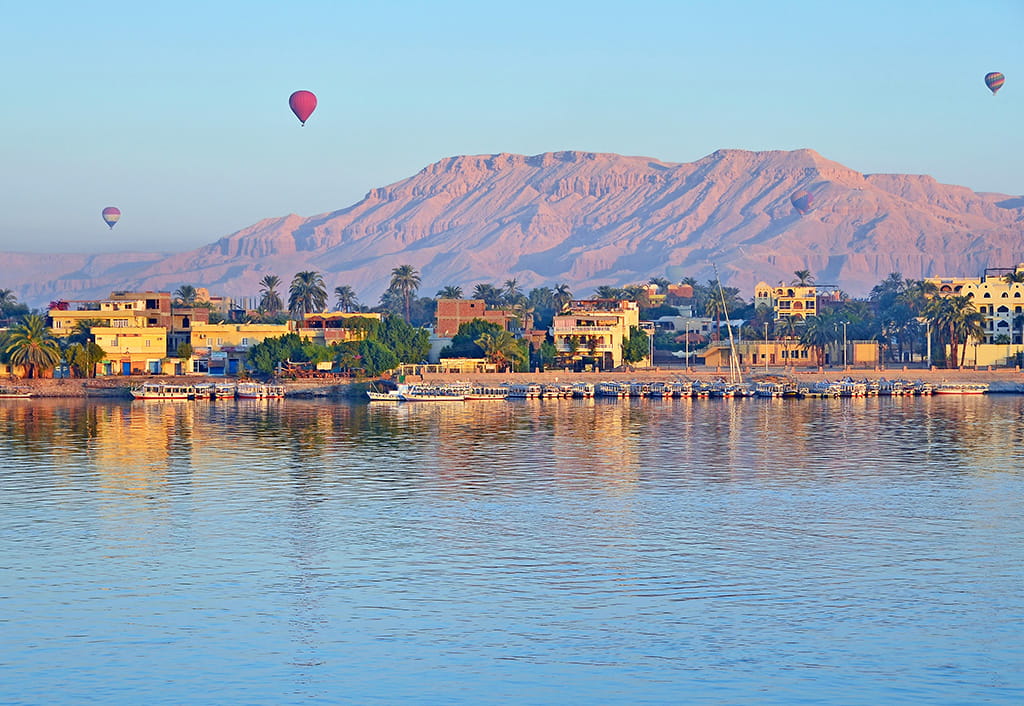
Located on the east bank of the Nile River, Luxor is the site of the ancient city of Thebes. It is sometimes called the world’s greatest open air museum because of its vast complexes of temple ruins. Directly opposite Luxor, on the western bank of the River Nile, lie the Valley of the Queens and the Valley of the Kings, which is the site of the tomb of King Tutankhamen.
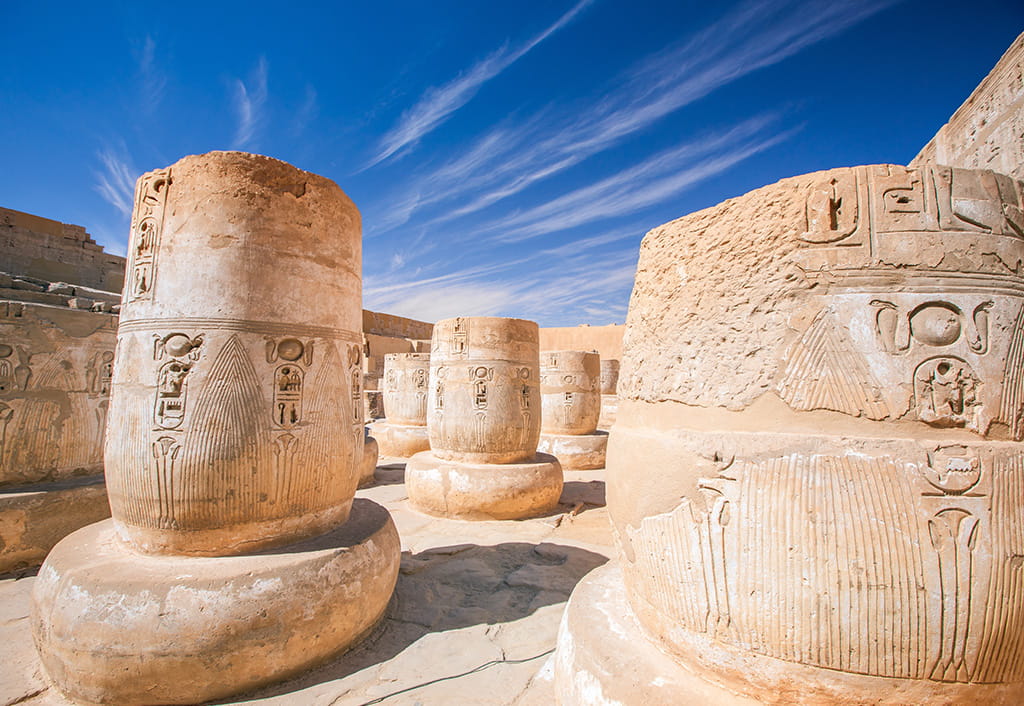
Medinet Habu is second only to Karnak Temple in size and detail. It is probably best known for its decorated reliefs depicting epic battles that cover more than 6,968 square metres (1.7 acres) of wall.
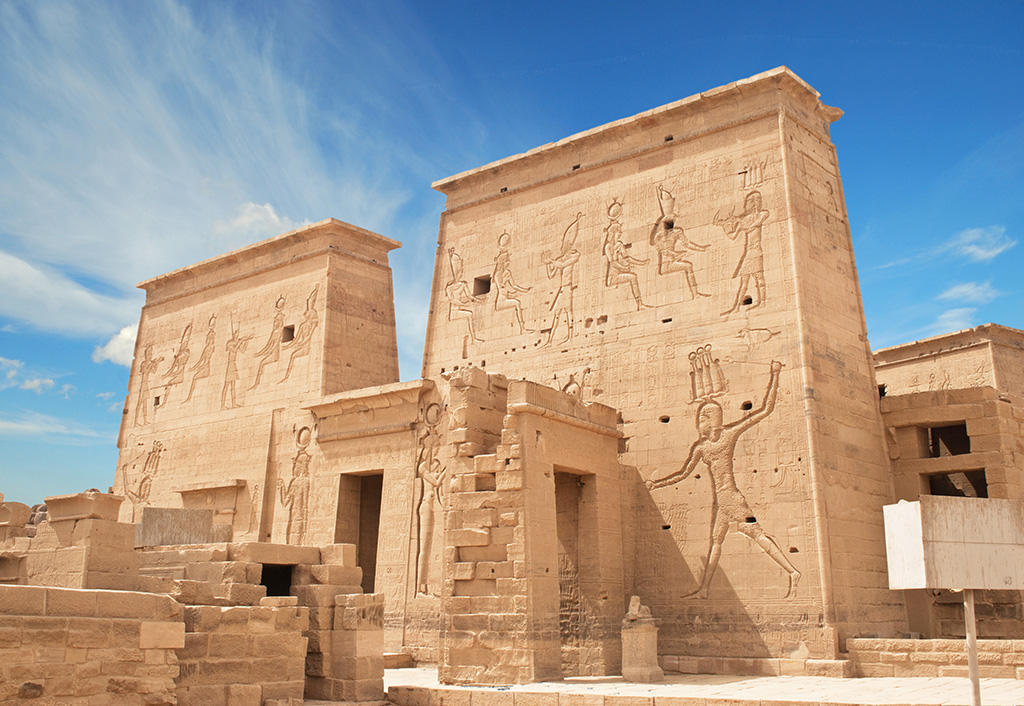
This temple is dedicated to the Goddess Isis, with the oldest sections dating back to between 380 BC and 362 BC. With the building of the High Dam in 1971, Philae Temple was relocated to the nearby island of Agilika; a UNESCO led project that took over nine years to complete and saw the island pumped dry, every stone block of the temple complex individually labelled, dismantled and reassembled like a giant jigsaw puzzle.
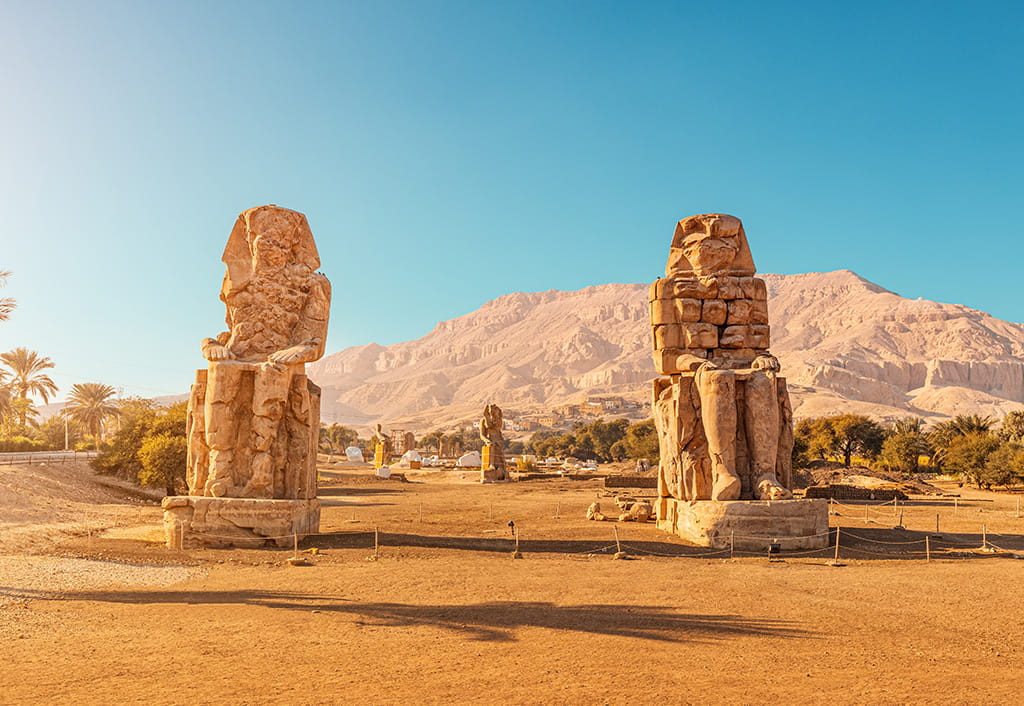
These two seated, enthroned statues tower 18 metres into the sky. They are the first monuments visitors see upon arrival on the West Bank, and despite the fact that the faces have been ravaged over time, the statues are still an awe inspiring sight. The northernmost statue is believed to 'sing' at sunrise.
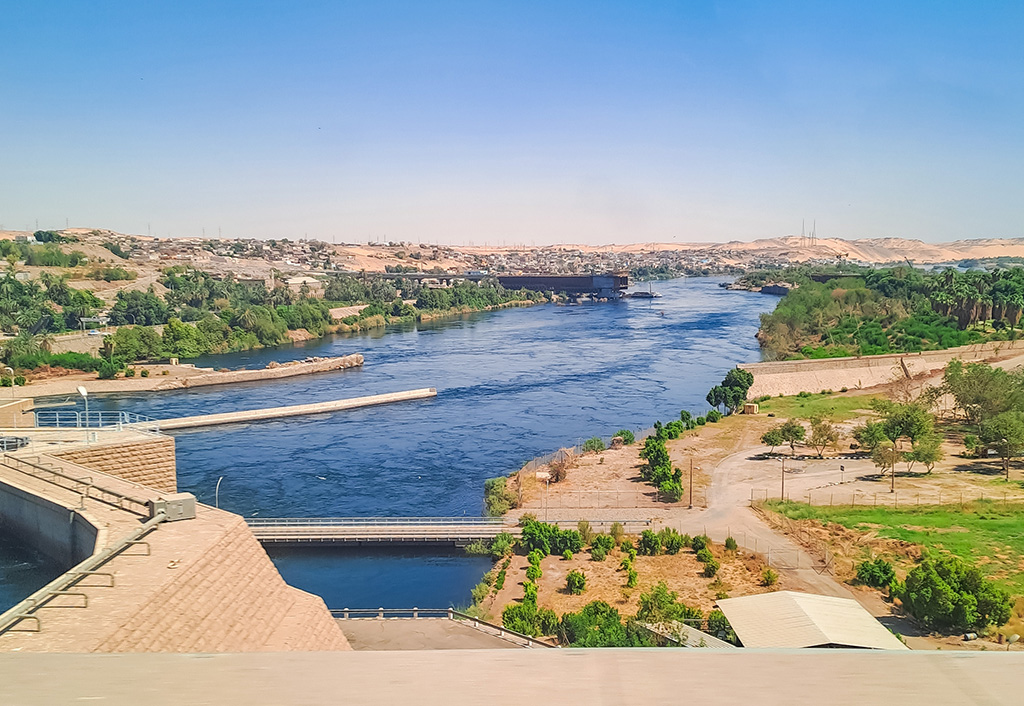
This spectacular feat of engineering was built between 1960 and 1971, and measures 3,830 metres long, 111 metres high and 980 metres wide. At the eastern end of the dam there is a visitors' pavilion detailing how the dam was constructed. At the western end there is a lotus shaped tower, built to commemorate the Soviet Union's support in the dam’s construction.
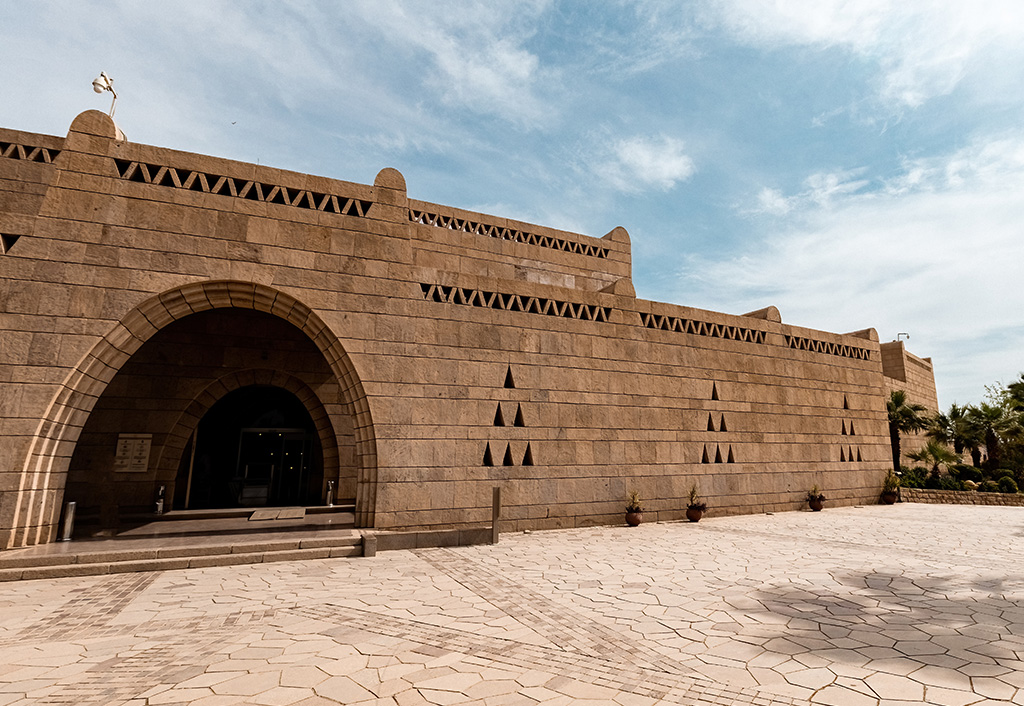
When Egypt built the High Dam at Aswan, Egyptologists and archaeologists from around the world heeded UNESCO’s appeal to salvage the monuments of Egyptian Nubia before the rising waters of Lake Nasser submerged them forever. More than sixty expeditions ultimately joined the “Nubian Rescue Campaign”, which resulted in the excavation and recording of hundreds of sites, the recovery of thousands of objects, and the salvage and translocation of a number of important temples to higher ground.
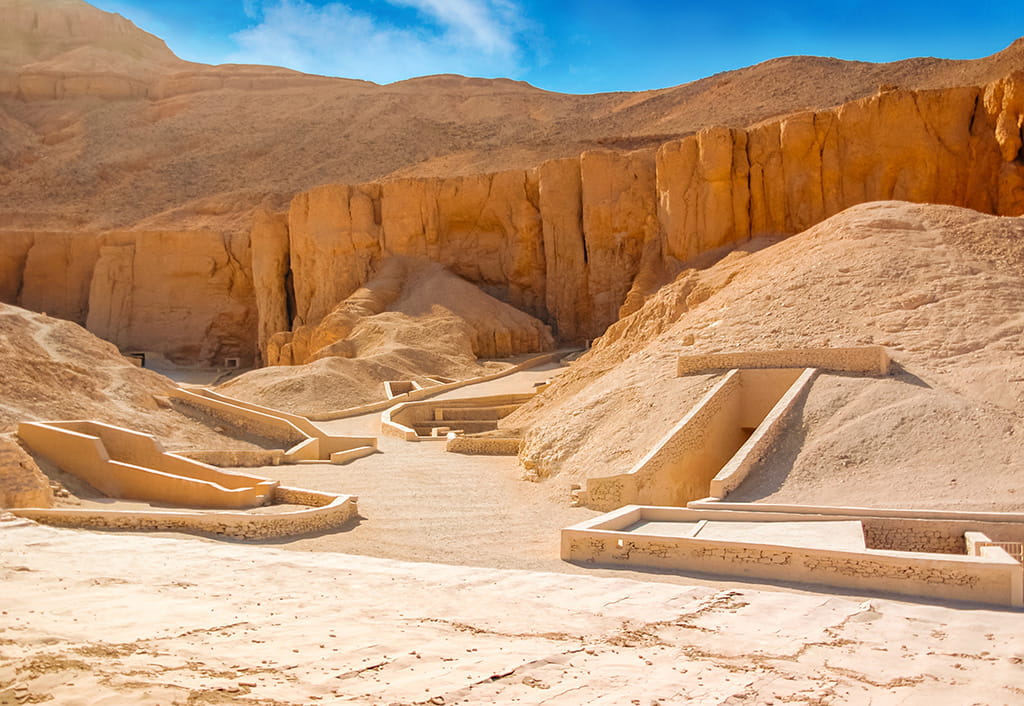
The Valley of the Kings is famous for its royal tombs. These beautifully painted tombs have been designated a World Heritage Site by UNESCO. For over a thousand years, the kings, queens and nobles of the New Kingdom (1500-1070 BC.) were buried in this valley making it the world's most magnificent burial ground. The most famous tomb (KV No.62) belongs to the boy king Tutankhamun.
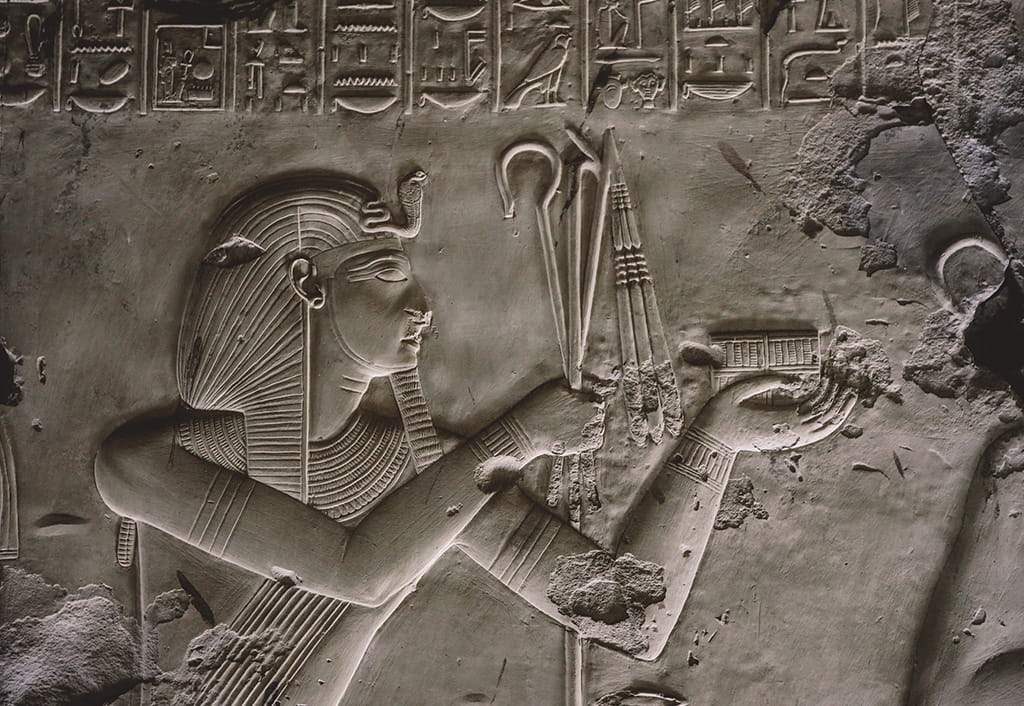
The Temple of Seti I or the Great Temple of Abydos contains an ancient inscription known as the Abydos King List; the names of the 76 kings of ancient Egypt, as recognised by Seti, in hieroglyphics. It is known that he deliberately left off those that weren’t to his liking. The temple complex also includes areas intended for the worship of past pharoahs, as well as chapels for the worship of deities such as Osiris and Seti I himself. These chapels boast intricate reliefs that depict the transformation of the king after his death.

Egypt's southernmost city, Aswan is located 240 kilometres along the River Nile from Luxor. At Aswan, the desert touches the banks of the Nile River and the waters are dotted with islands. Aswan was historically an important trading town and remains a bustling marketplace.

Located on the east bank of the Nile River, Luxor is the site of the ancient city of Thebes. It is sometimes called the world’s greatest open air museum because of its vast complexes of temple ruins. Directly opposite Luxor, on the western bank of the River Nile, lie the Valley of the Queens and the Valley of the Kings, which is the site of the tomb of King Tutankhamen.

Egypt's southernmost city, Aswan is located 240 kilometres along the River Nile from Luxor. At Aswan, the desert touches the banks of the Nile River and the waters are dotted with islands. Aswan was historically an important trading town and remains a bustling marketplace.

Located on the east bank of the Nile River, Luxor is the site of the ancient city of Thebes. It is sometimes called the world’s greatest open air museum because of its vast complexes of temple ruins. Directly opposite Luxor, on the western bank of the River Nile, lie the Valley of the Queens and the Valley of the Kings, which is the site of the tomb of King Tutankhamen.

Egypt's southernmost city, Aswan is located 240 kilometres along the River Nile from Luxor. At Aswan, the desert touches the banks of the Nile River and the waters are dotted with islands. Aswan was historically an important trading town and remains a bustling marketplace.

Located on the east bank of the Nile River, Luxor is the site of the ancient city of Thebes. It is sometimes called the world’s greatest open air museum because of its vast complexes of temple ruins. Directly opposite Luxor, on the western bank of the River Nile, lie the Valley of the Queens and the Valley of the Kings, which is the site of the tomb of King Tutankhamen.

Located on the east bank of the Nile River, Luxor is the site of the ancient city of Thebes. It is sometimes called the world’s greatest open air museum because of its vast complexes of temple ruins. Directly opposite Luxor, on the western bank of the River Nile, lie the Valley of the Queens and the Valley of the Kings, which is the site of the tomb of King Tutankhamen.

Egypt's southernmost city, Aswan is located 240 kilometres along the River Nile from Luxor. At Aswan, the desert touches the banks of the Nile River and the waters are dotted with islands. Aswan was historically an important trading town and remains a bustling marketplace.

Egypt's southernmost city, Aswan is located 240 kilometres along the River Nile from Luxor. At Aswan, the desert touches the banks of the Nile River and the waters are dotted with islands. Aswan was historically an important trading town and remains a bustling marketplace.

Located on the east bank of the Nile River, Luxor is the site of the ancient city of Thebes. It is sometimes called the world’s greatest open air museum because of its vast complexes of temple ruins. Directly opposite Luxor, on the western bank of the River Nile, lie the Valley of the Queens and the Valley of the Kings, which is the site of the tomb of King Tutankhamen.

Egypt's southernmost city, Aswan is located 240 kilometres along the River Nile from Luxor. At Aswan, the desert touches the banks of the Nile River and the waters are dotted with islands. Aswan was historically an important trading town and remains a bustling marketplace.

Located on the east bank of the Nile River, Luxor is the site of the ancient city of Thebes. It is sometimes called the world’s greatest open air museum because of its vast complexes of temple ruins. Directly opposite Luxor, on the western bank of the River Nile, lie the Valley of the Queens and the Valley of the Kings, which is the site of the tomb of King Tutankhamen.



